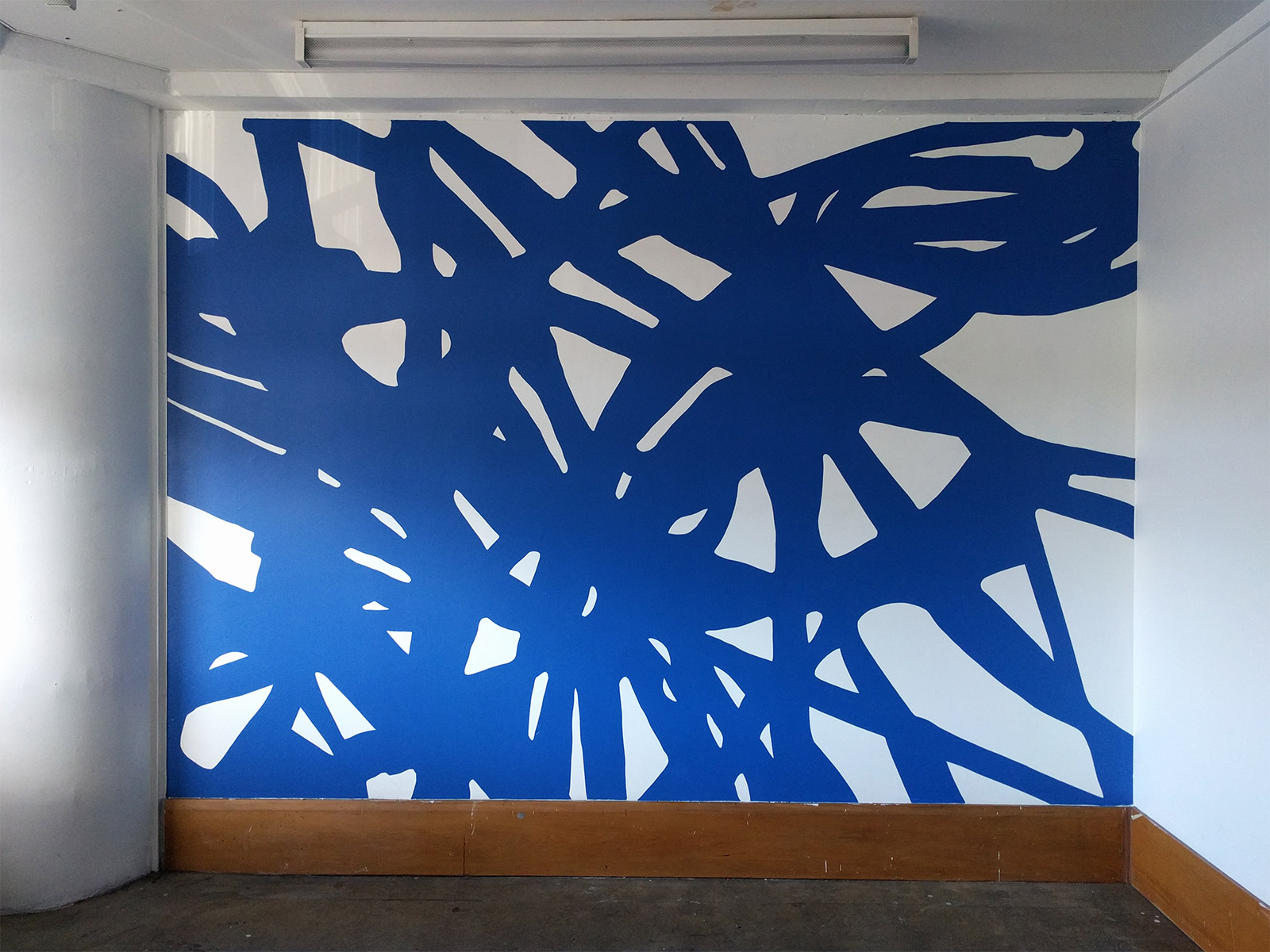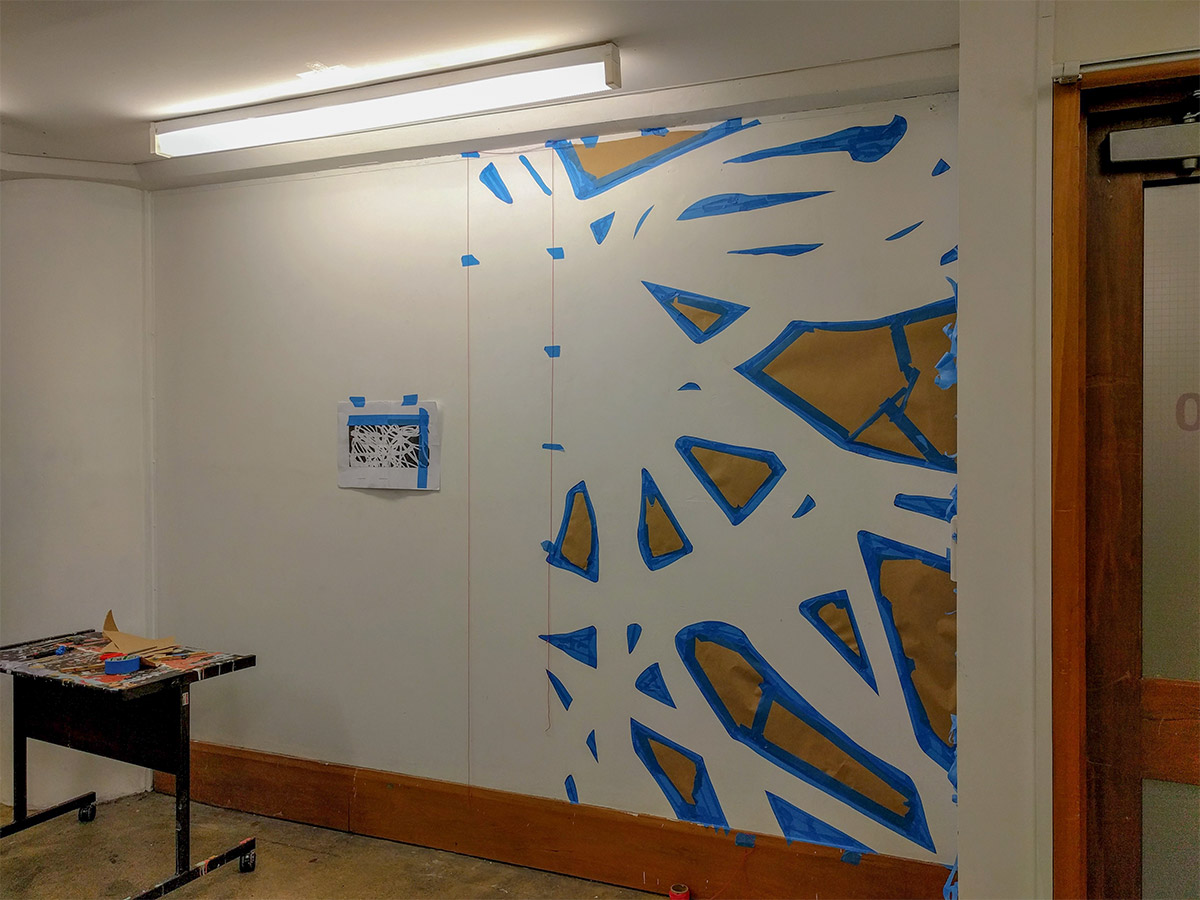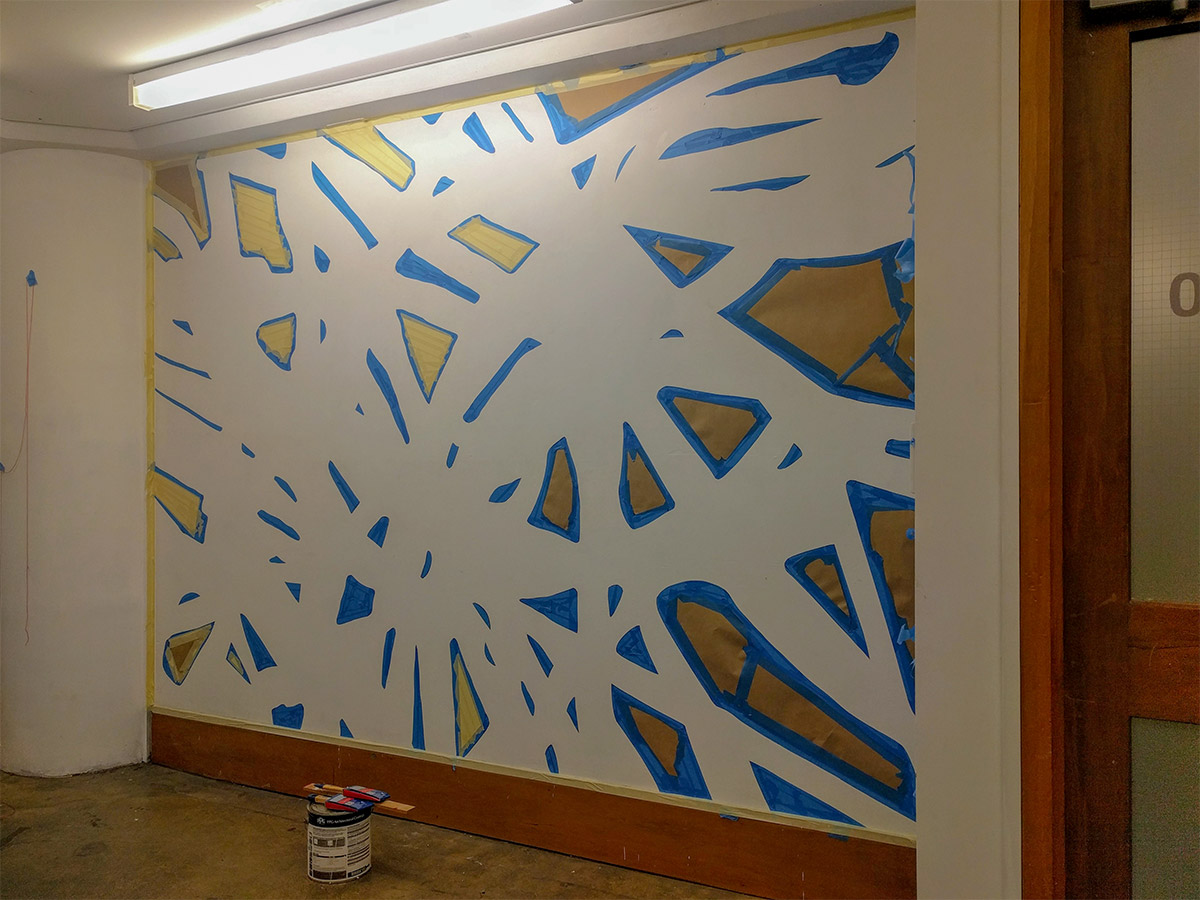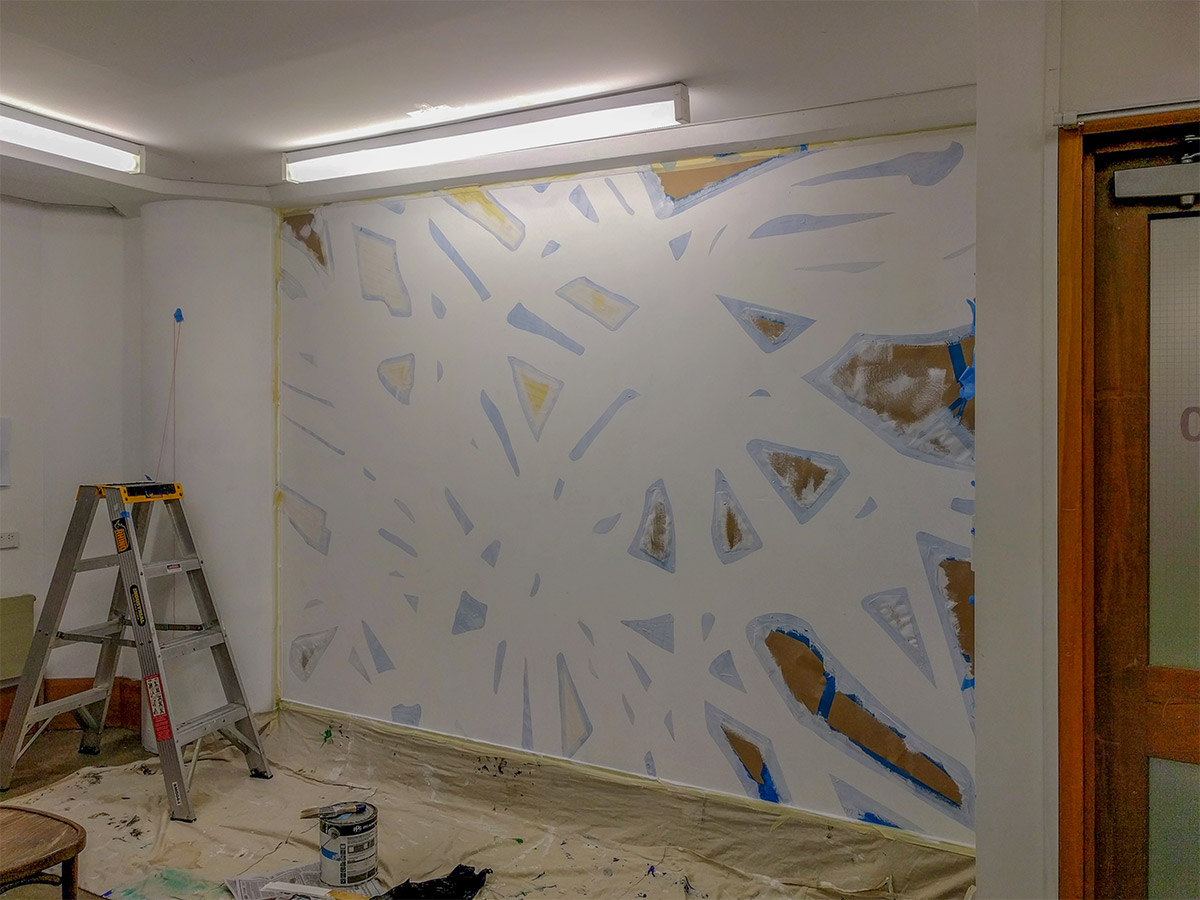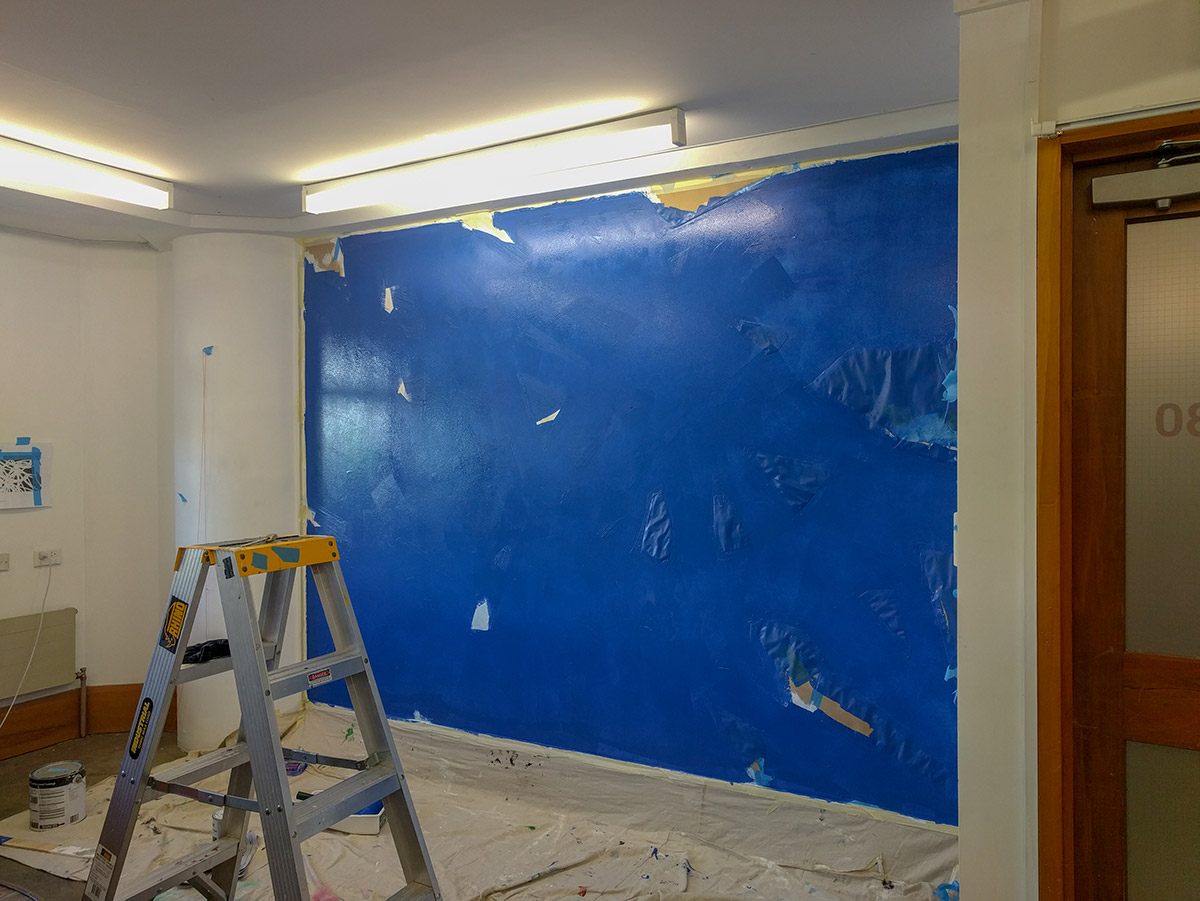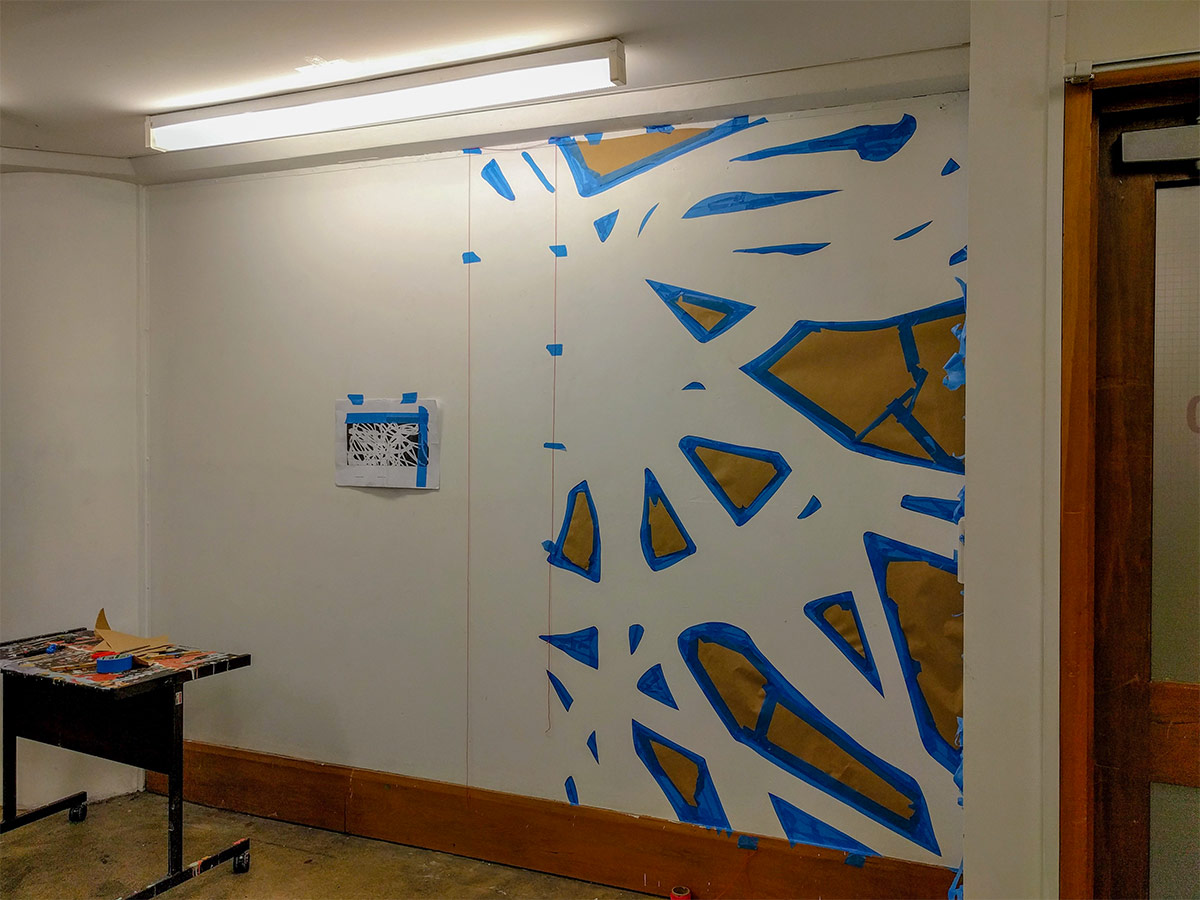Stall
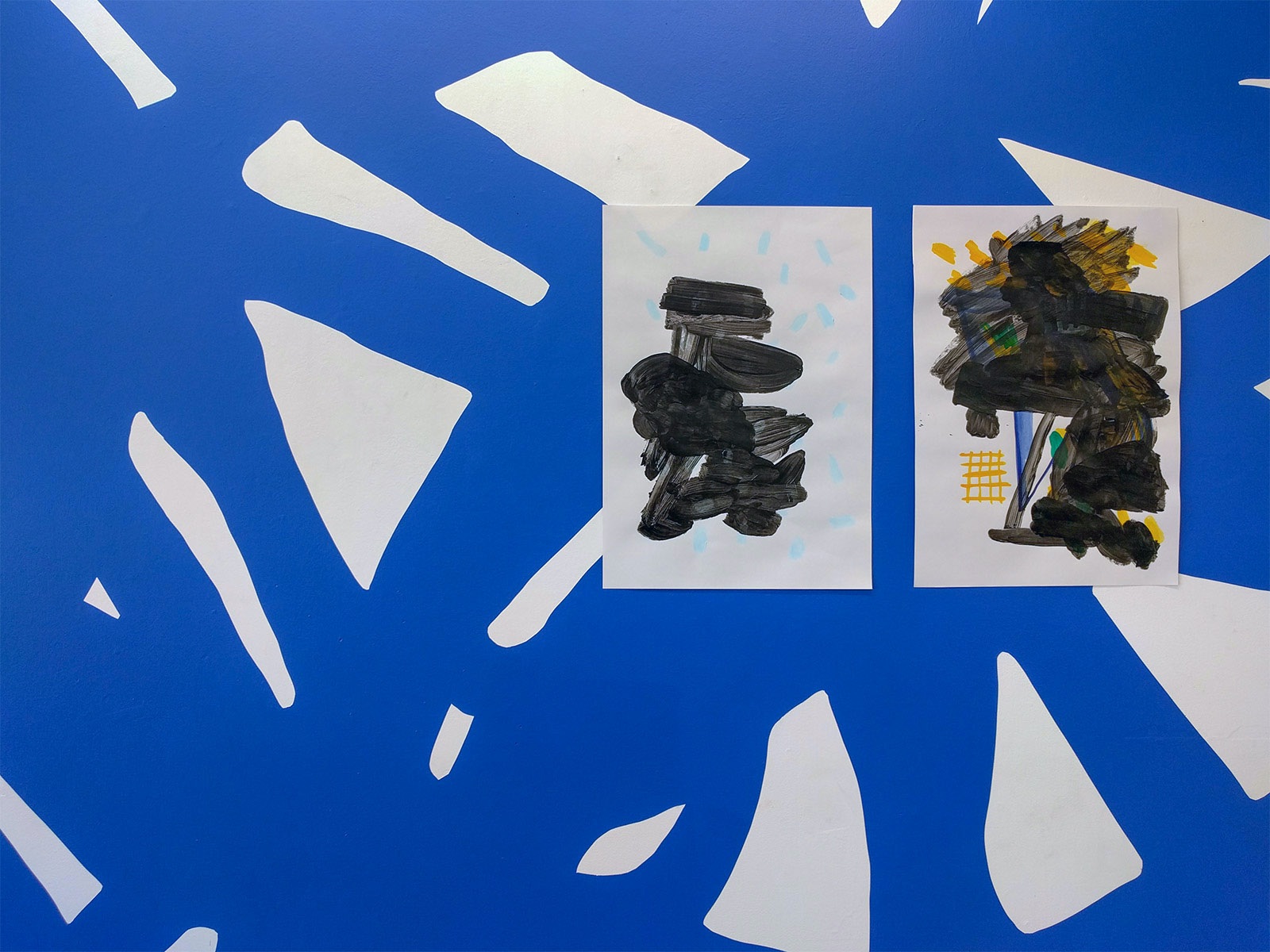
Testing in the studio
I feel there’s been a post-studio stall as I muster the other areas of my life to some sense of order. The reality is while the making has momentarily paused, my thinking hasn’t. I’ve been hungry for relevant texts (or at least those which intrigue me) and have spotted a few. One, The Three Dimensions of Freedom by Billy Bragg and another, Against Creativity, by Oli Mould. While not directly related to the work both will, I hope, sit nicely alongside it.
Other small steps have been taken too – locally testing a dark mode for my website, an email here, a conversation there – all gently moving things along. So while I may not have made something physical or tangible with my hands it doesn’t mean I haven’t been working on my practice.
And this – actually recognising my progress – is easy to overlook. Although I feel there’s still much to do (and there is, it’s not just a feeling) it’s good to stop for a moment and switch from the “I haven’t done enough” type of thinking and see what I’ve achieved.

